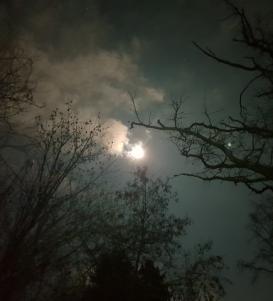The project draws on archival material of two prominent figures in the twentieth-century physics, Dirac (1902–1984) and Wheeler (1911–2008). This might look an odd couple, given the difference in their respective styles and contributions, but it is precisely such a tension that gives an interesting key to reading the so-called “Renaissance of General Relativity” from the 1950s and the attempts at quantizing gravitation during the same period.
The reason for examining their private notebooks and papers is not just to trace and shed light on the conceptual developments to which they contributed, but also to pay attention to issues such as the transfers of methods and practices of research, the nature and limits of the quantum language, the role of analogies and of various kinds of visual thinking, the construction of historical narratives within science itself, and the use of non-empirical forms of reasoning.
Since the quantum gravity problem is still open and poses questions of the greatest importance, not just at the level of “contents,” some critical historical analysis of those crucial decades is of particular relevance also to understanding and evaluating current approaches’ attempts at grounding themselves in successful traditions. It also enables us to put in perspective the debate on non- (or meta-) empirical arguments of theory assessment: Wheeler himself used the image of the “tree of physics” to refer to the organization of our fundamental knowledge of nature and to the risks of mistaking the roots for the branches—and, we could add, the risks of the fascination/temptation of (purported) purely rational “visions” or, literally, theories.

